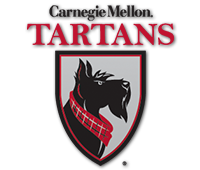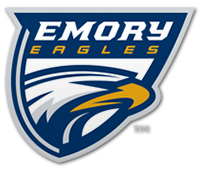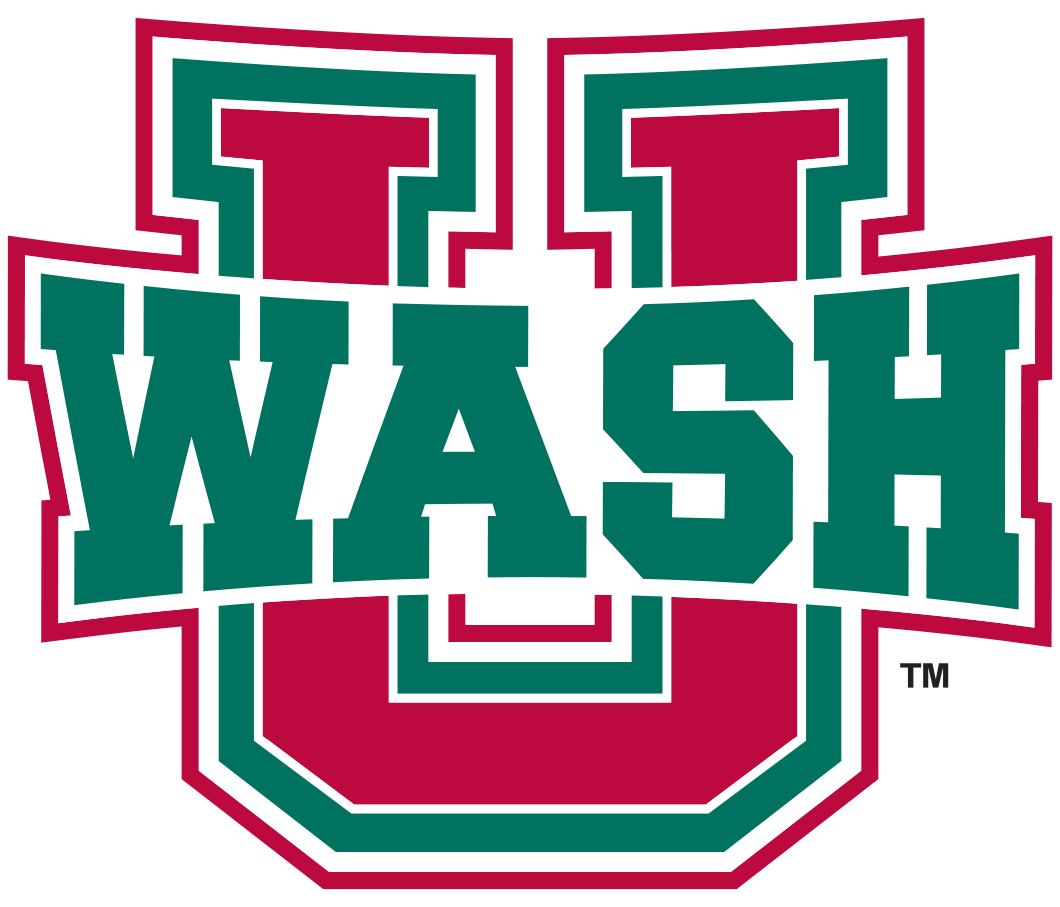The following statement of philosophy outlined the conceptual framework of the University Athletic Association at the time of its formation in June of 1986 and remains the cornerstone of its mission today.
"For some time, there has been a growing concern among many college administrators over the direction of college athletics. There is a need for a collective public statement as to what college athletics can be - indeed, what college athletics is in the majority of colleges and universities today.
The institutions of the University Athletic Association (UAA) believe the time has come to make the strongest possible statement that intercollegiate athletics have a proper role in our colleges and universities, that this role must subsume the athletic enterprise to the academic missions of institutions of higher education and that standards of moral and ethical behavior in the conduct of intercollegiate athletics must be unequivocally articulated and followed. By their association, the institutions of the UAA are committed to act in concert to reaffirm these beliefs.
The founding members of the UAA are Brandeis University · Boston; Carnegie Mellon University · Pittsburgh; Case Western Reserve University · Cleveland; Emory University · Atlanta; Johns Hopkins University · Baltimore; New York University; the University of Chicago; the University of Rochester; and Washington University in St. Louis.
The participants in this association are private, research institutions in major metropolitan areas, who are committed to the NCAA Division III philosophy. They are similar institutions in many ways. They are research universities with several undergraduate programs and divisions as well as graduate and professional programs. Their academic programs are among the best in the country. Their undergraduate populations are also similar.
Although these institutions do not share a common history or saga, they do share a somewhat similar pattern in their historical development. In their beginnings, they rose from unique educational missions peculiar in many ways to the needs of their local metropolitan areas and founding constituencies. During their early years, they developed reputations in their regions as respected institutions, and more recently, they have gained greater national prominence.
Over the last few years, these schools have also shown a greater commitment to raising the quality of undergraduate life on the campuses to a level comparable to the quality of the academic experiences available to their students.
UAA members also share the belief that academic excellence and athletic excellence are not mutually exclusive. Implicit in this belief are several sets of assumptions. The first is that the academic enterprise is the primary element. Student-athletes are just that - students first and athletes second. In practice, this means that institutions will not admit athletes with standards separate from the standards for the aggregate pool of applicants. Similarly, institutional policies regarding financial aid, academic progress, student services and the like for athletes will be reflective of policies for all students.
The second set of assumptions has to do with athletic excellence. Athletic excellence is not to be confused with a win-at-all-costs attitude, but properly relates to the caliber of experience offered to students who participate in intercollegiate athletics. Athletic teams should have the benefit of qualified coaching - capable individuals chosen for professional competence and commitment to putting the welfare of the student first. They should play and practice in first-rate facilities at reasonable times. Their equipment should be safe, of high quality, and conducive to the best performance possible. A consistent and challenging level of athletic competition should be provided for both men and women.
The final assumptions concern what might be termed a proper athletic emphasis. Athletic programs are not considered income centers, nor are they public entertainment. They are extracurricular activities for students and should be given consideration similar to other such institutionally sponsored activities. Their quality should complement the academic experience. Their quality should reflect the quality of the academic environment within which they exist. Division III is an approach to athletics - not a synonym for third-rate.
The members of the University Athletic Association believe that the UAA can become a focal point for improving morale and a sense of community among students, faculty, staff, alumni and others. The support directed to the student-athletes in their endeavors, while central to this effort, can benefit all students, particularly if one of its driving forces is the desire to improve the quality of student life in all its aspects.
The University Athletic Association is a statement of what college athletics can and should be. The provision of a quality college athletic experience is worth the expense required of an institution. It is worthwhile first because it benefits the student-athletes, but also because it benefits the entire campus community and, in turn, the institution itself. Further, the success of college athletics is wholly dependent upon institutional integrity and the ability of institutions to complete the full integration athletics into the academic fabric of higher education."























